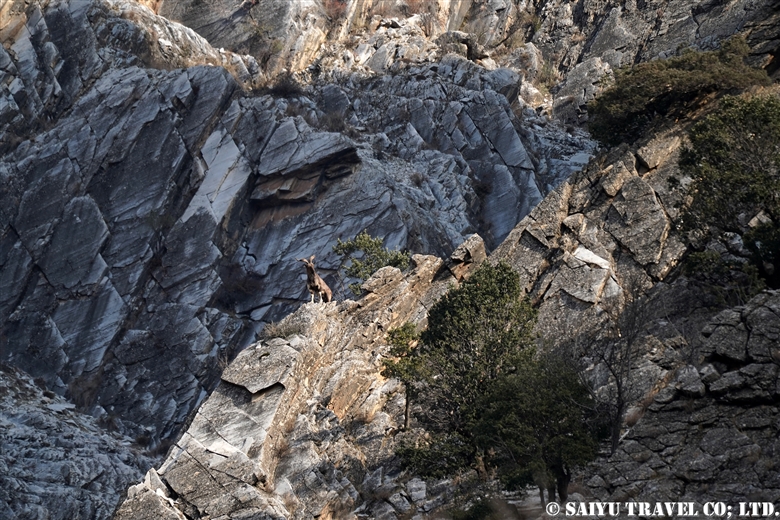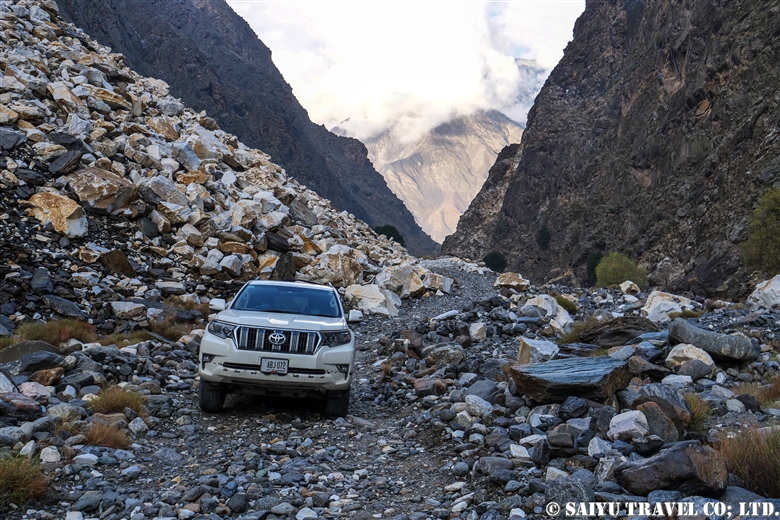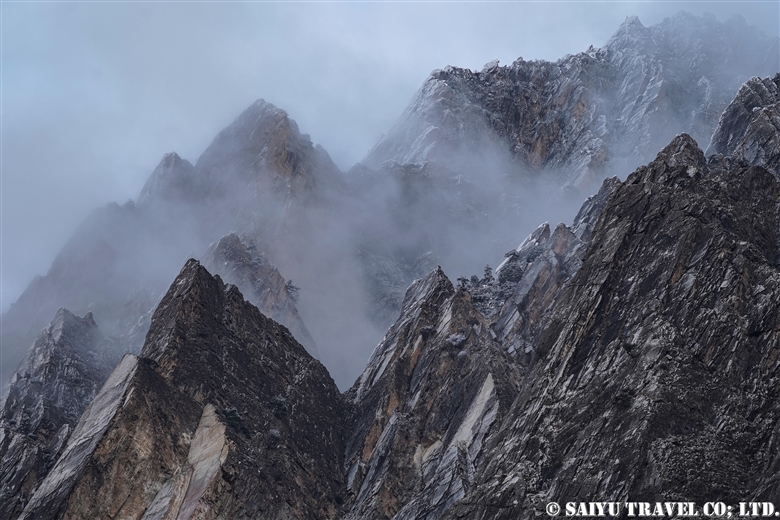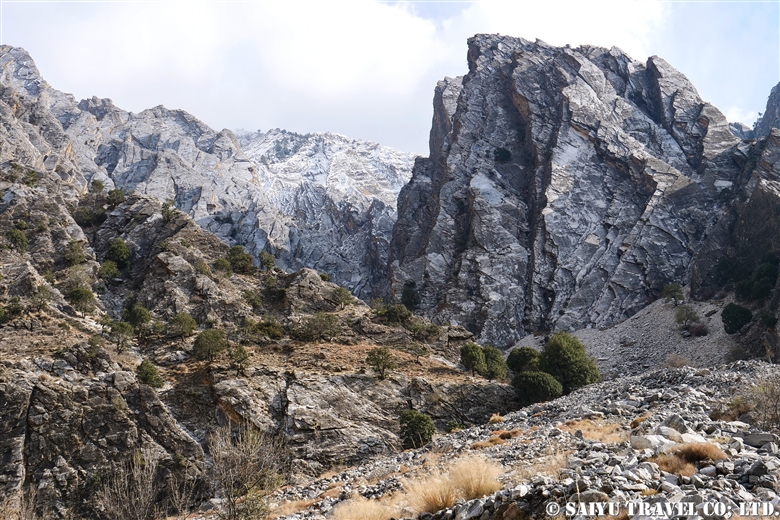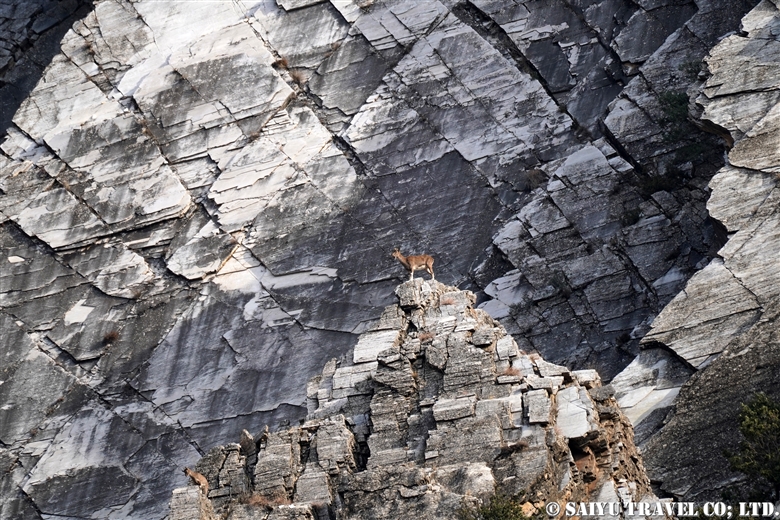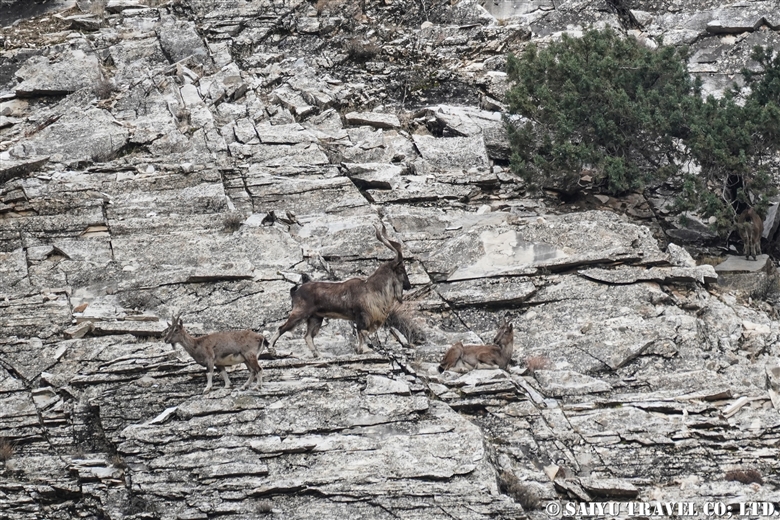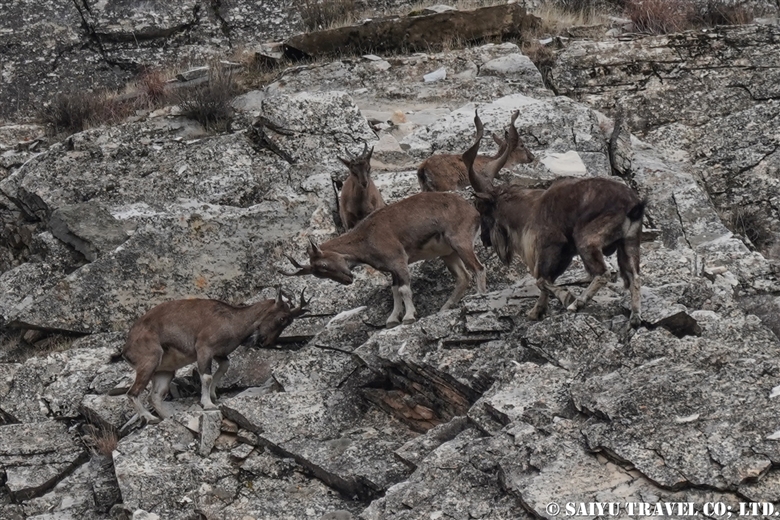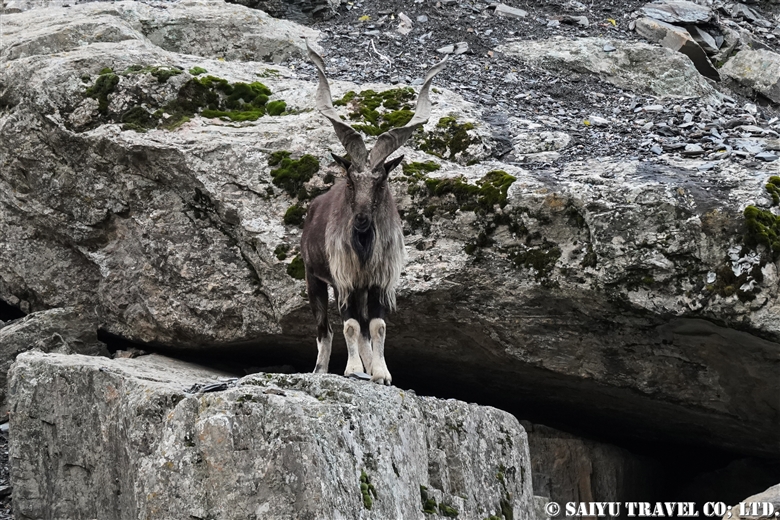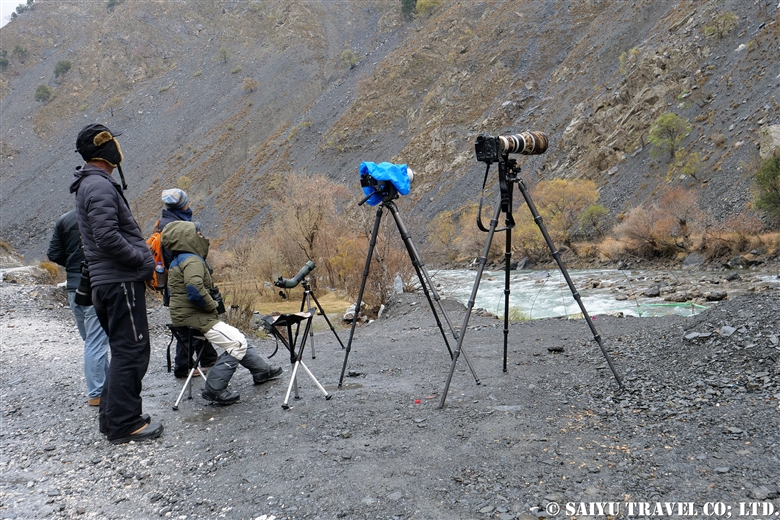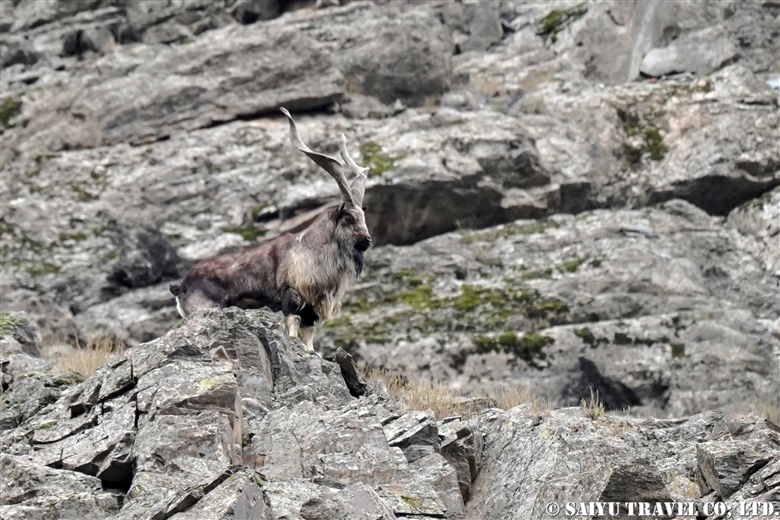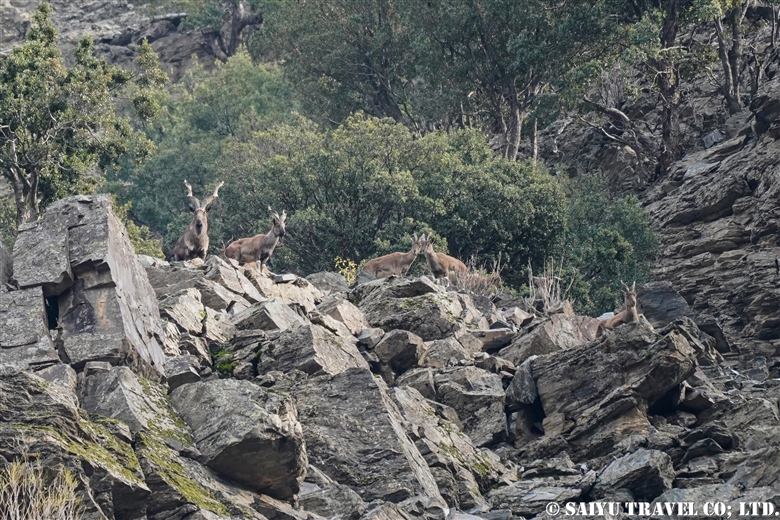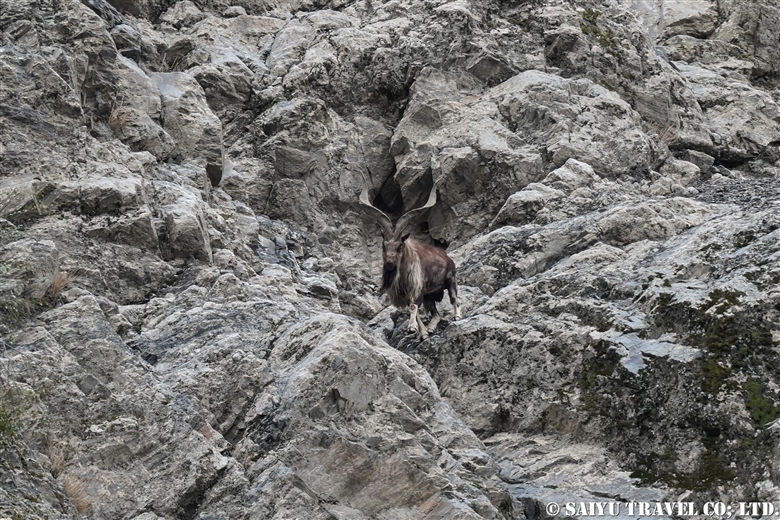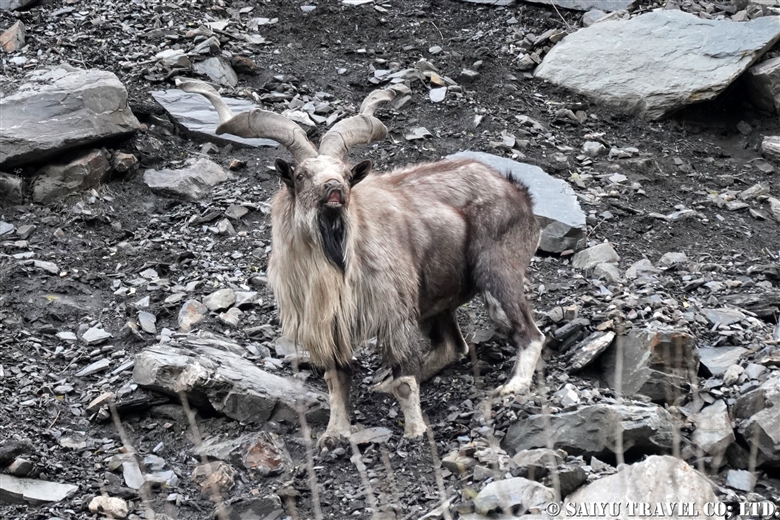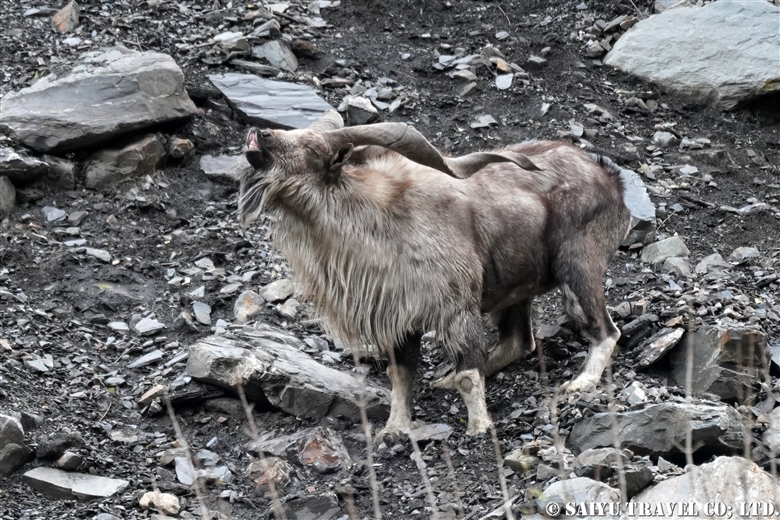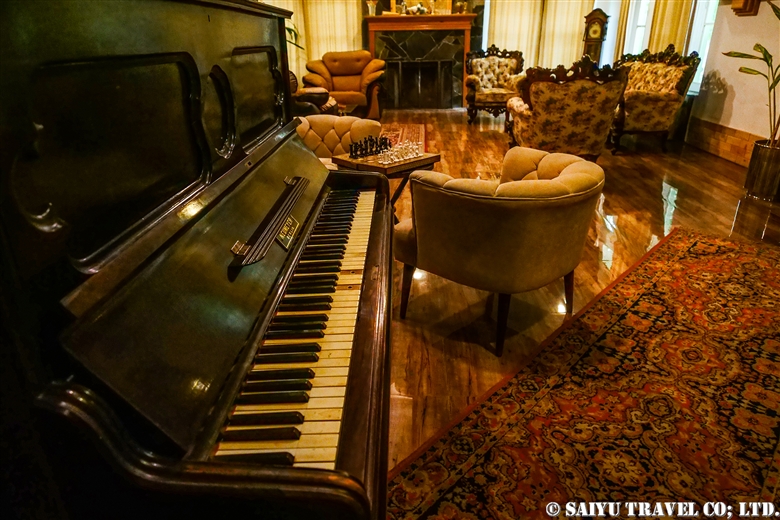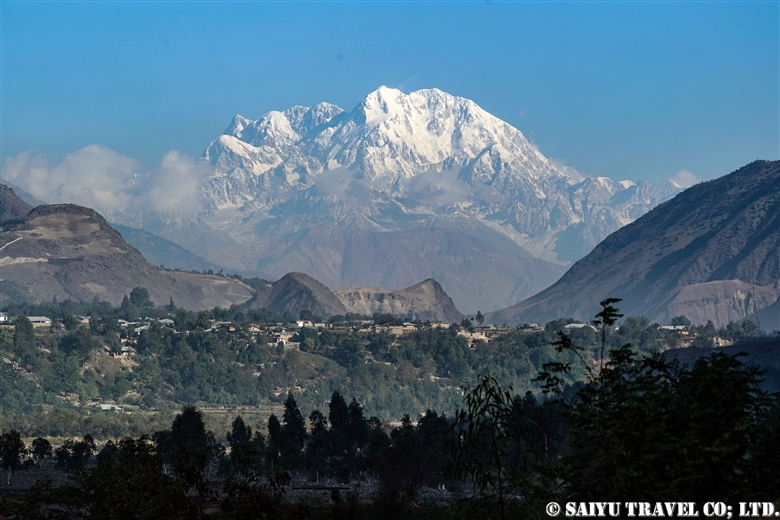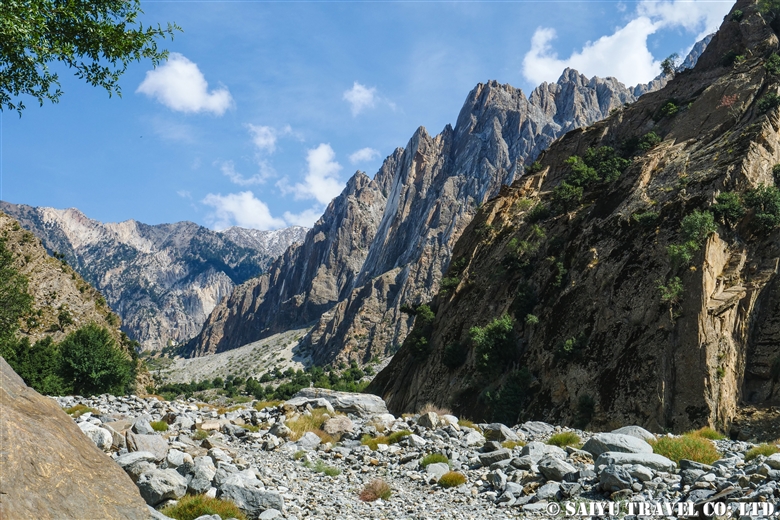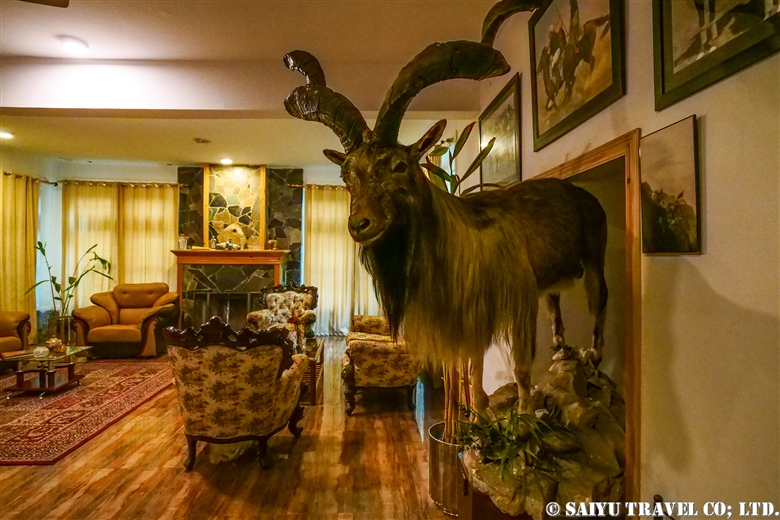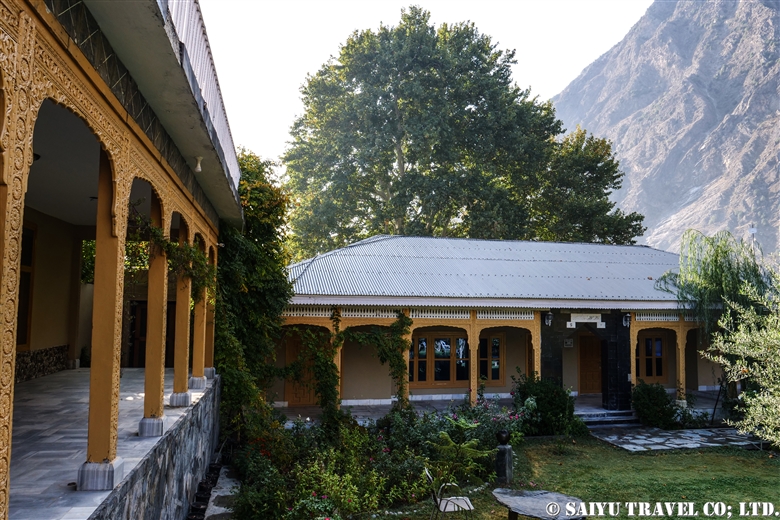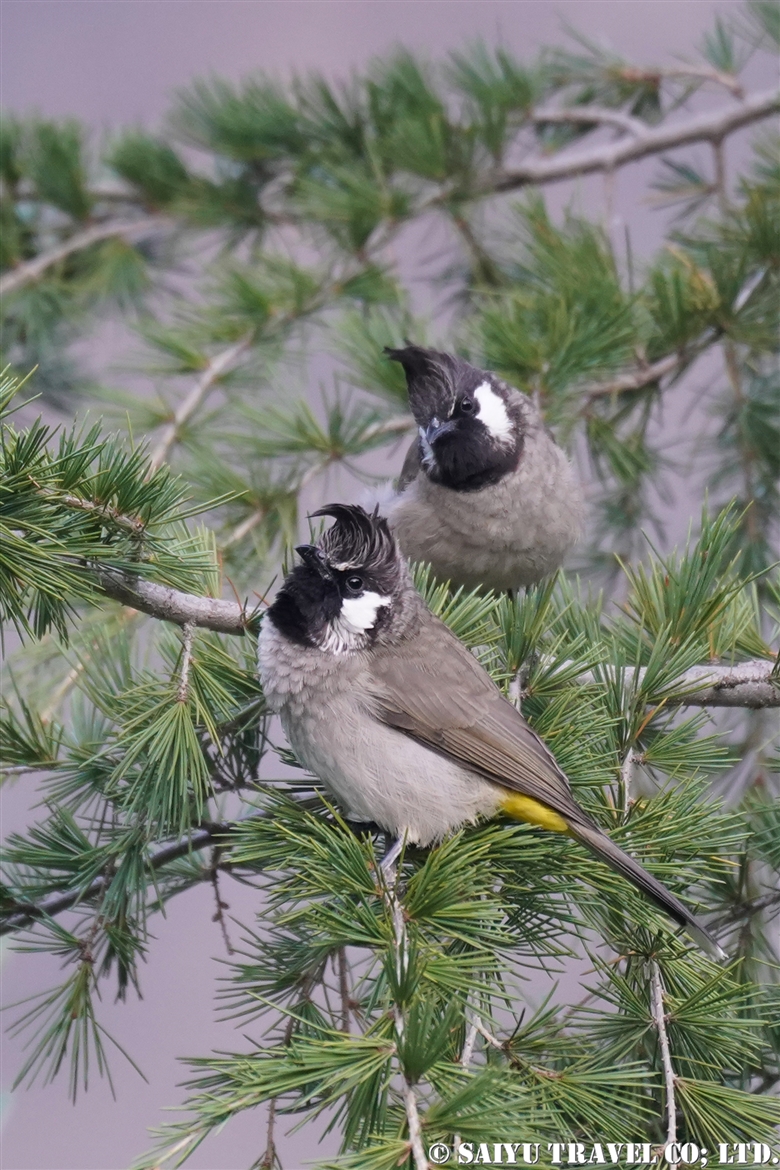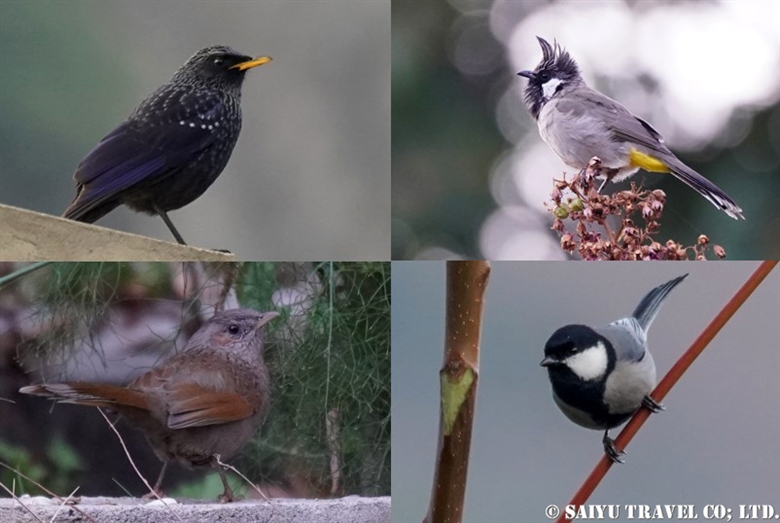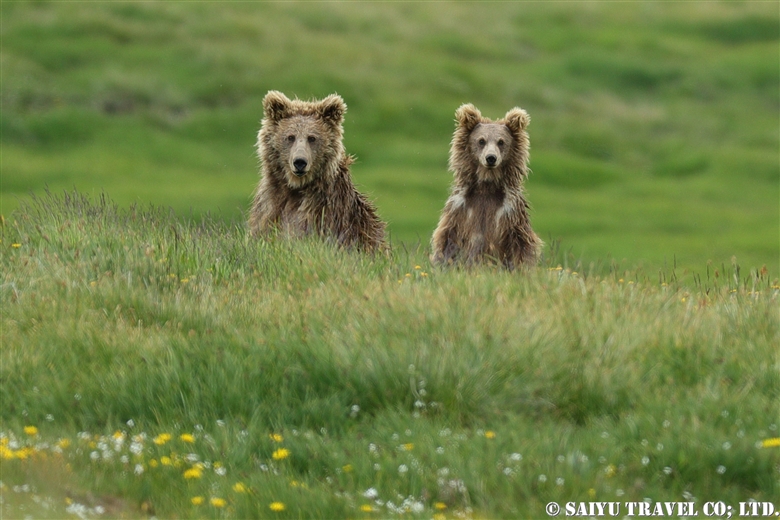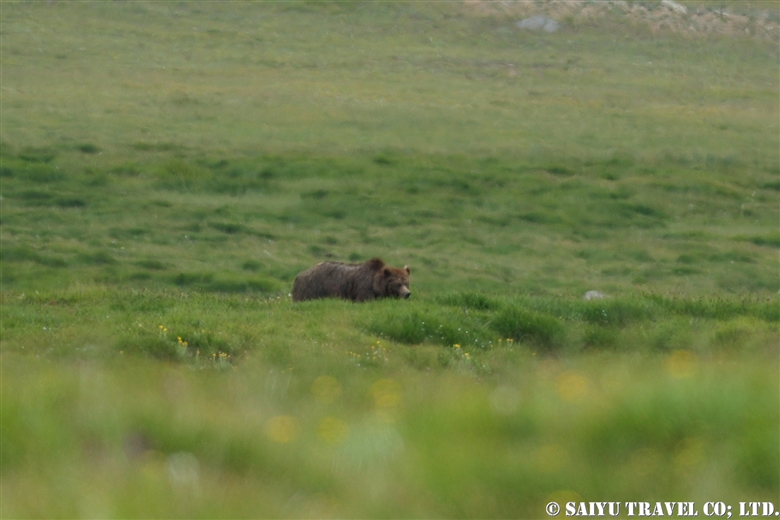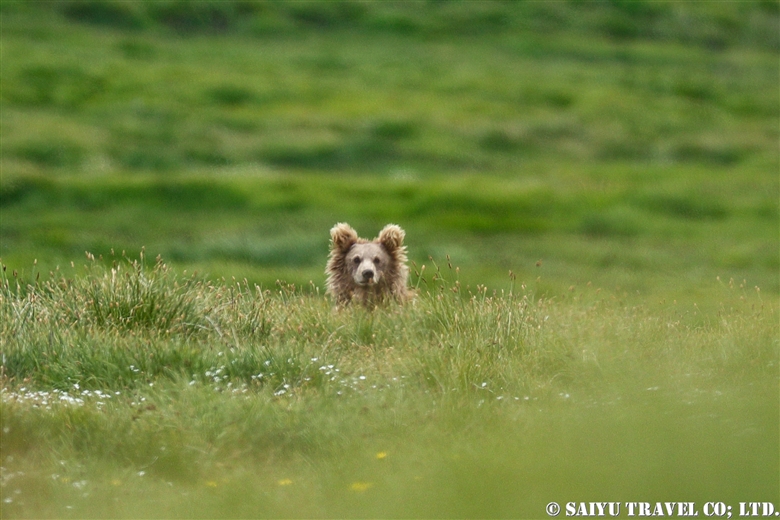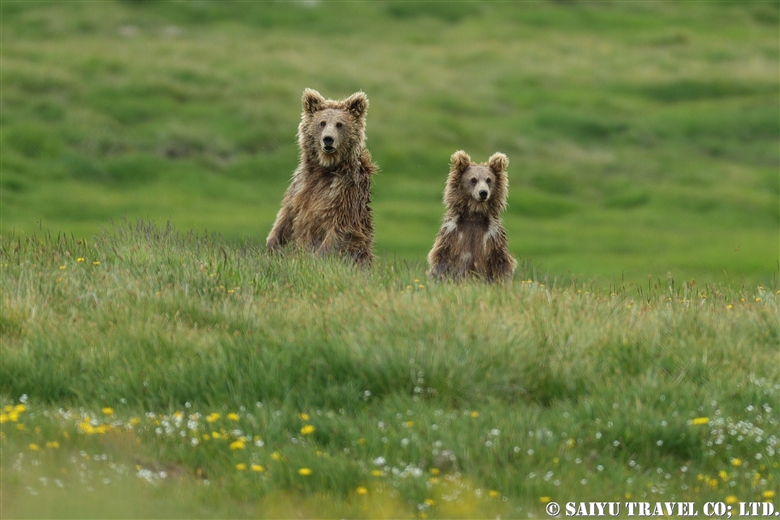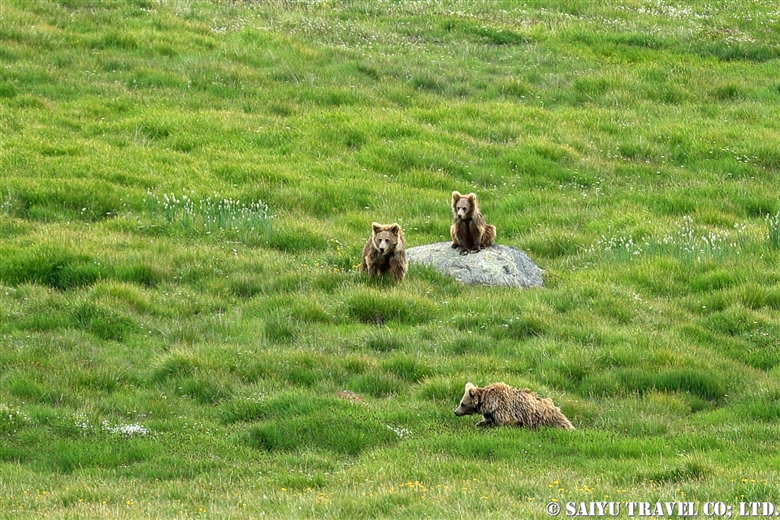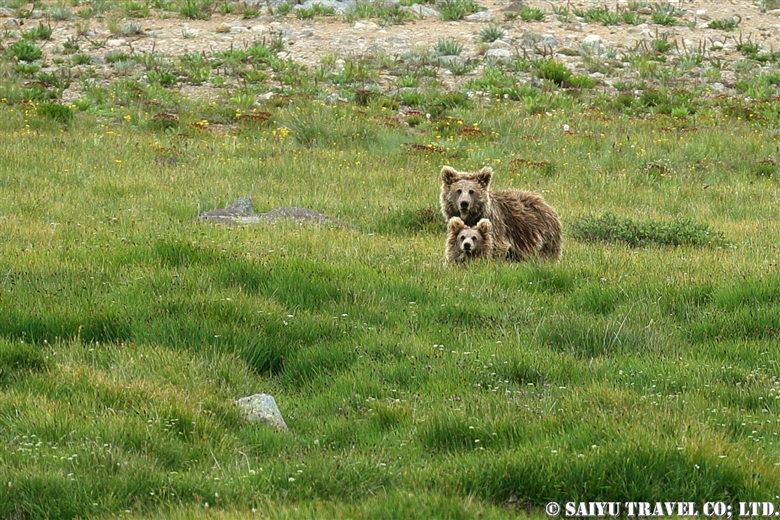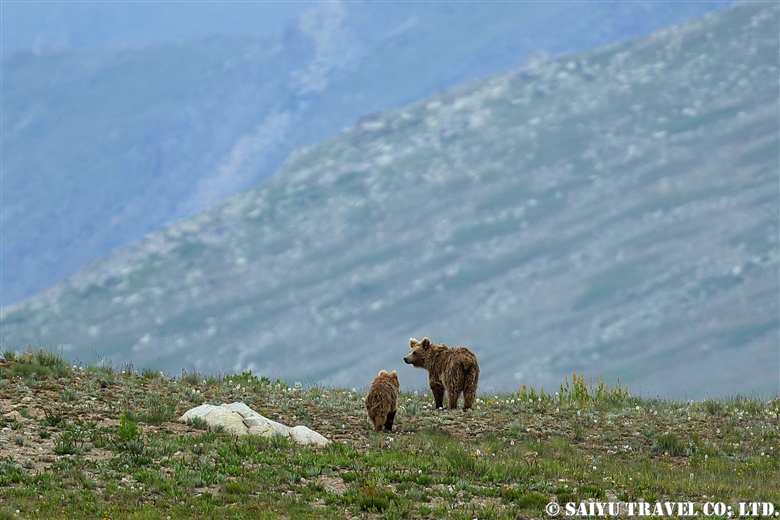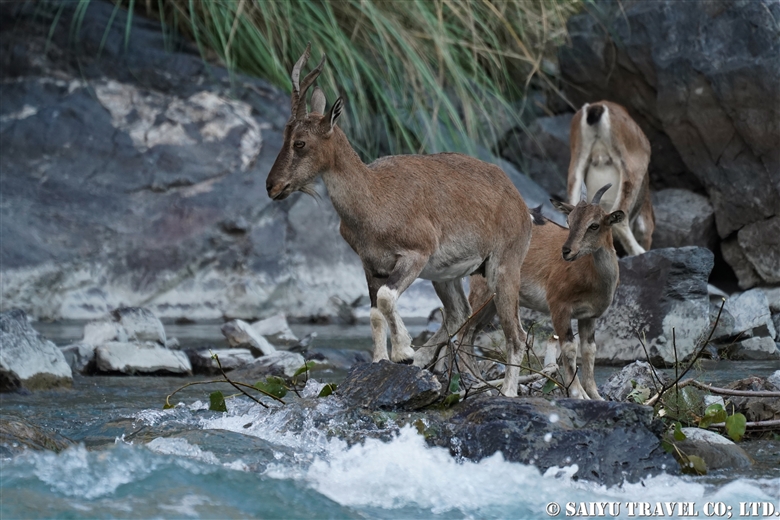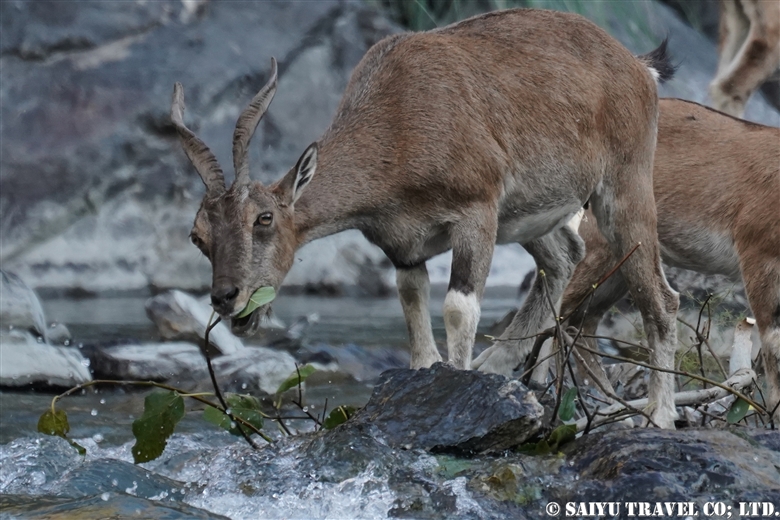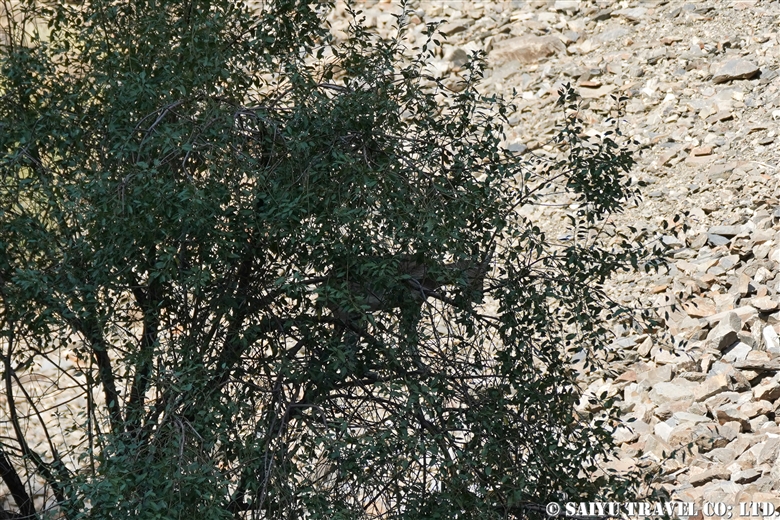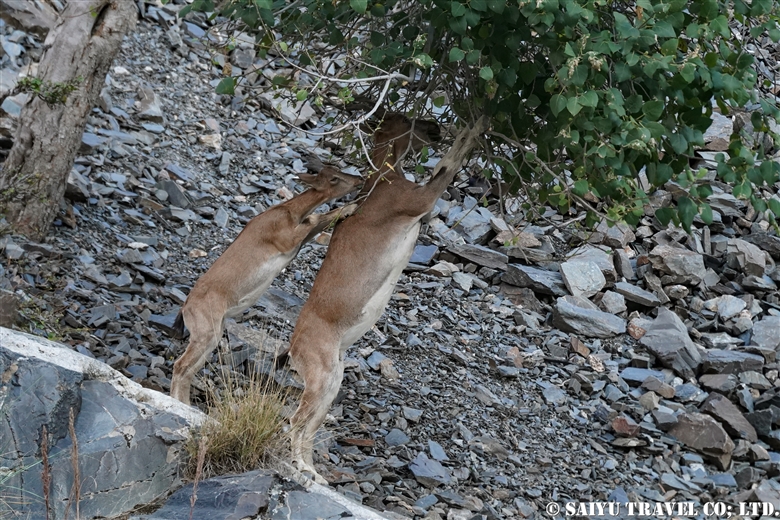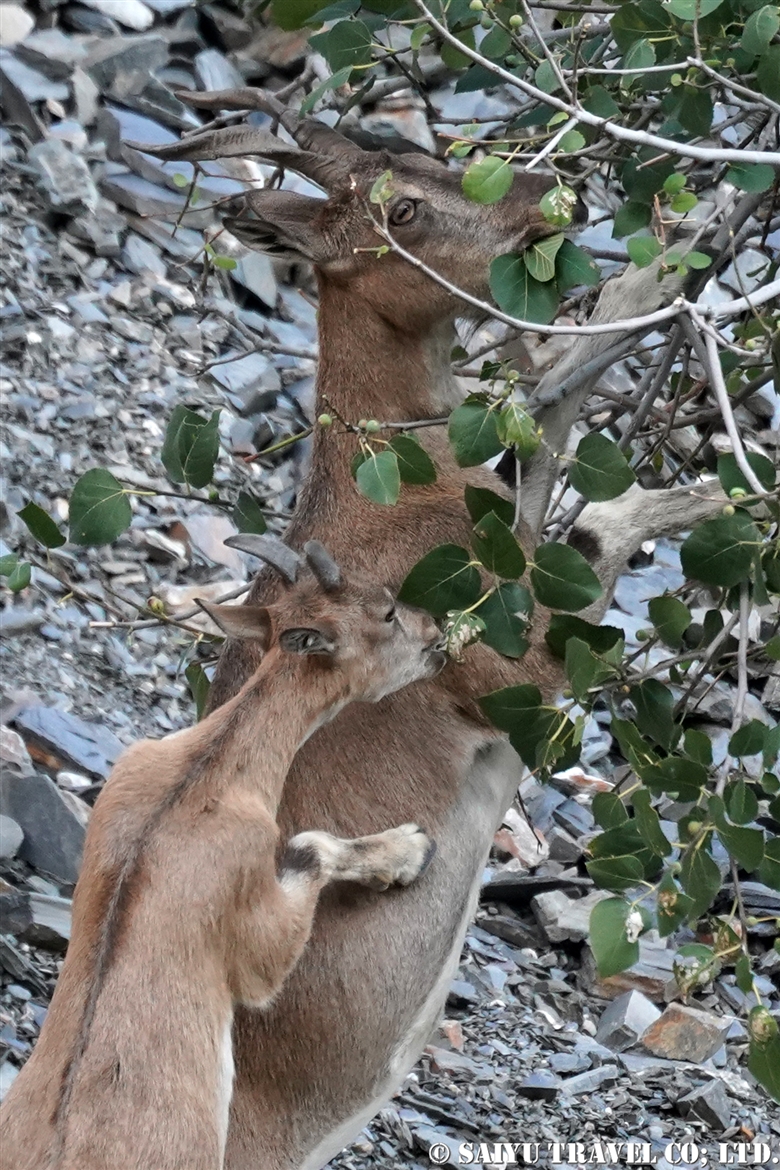After mid-December, Himalayan Ibex sometimes descend to the villages near Khunjerab National Park and the mountains close by. As the mountains become covered with snow in the winter, the herds of females move down to the lower altitudes. This is when ibex will start their breeding season, attracting the males to the herds.
This male ibex with his huge horns just suddenly appeared on the side of Karakoram Highway. Perhaps he was in hot pursuit of a female, and just forgot about his own safety, but he passed immediately next to us.
Himalayan Ibex on the Karakoram Highway
Text :Mariko SAWADA Video : Yoko KADONAGA
Observation : Dec 2020, on the Karakoram Highway, Khunjerab National Park, Gilgit-Baltistan
Category : = Video Clip Gilgit-Baltistan > - the Karakoram Highway > ◆ Gilgit-Baltistan > - Ibex > ◇ Wildlife of Pakistan > - Khunjerab National ParkTag : Travel Pakistan Blog , Pakistan Photography Tour , Wildlife of Pakistan , Wildlife tour in Pakistan , Indus Caravan , Ibex , Pakistan Wildlife , Capra sibirica , Saiyu Travel Pakistan , Himalayan Ibex , Ibex of Pakistan , Khunjerab National Park , Pakistan Blog , Pakistan Travel company , Pakistan Travel Blog , Pakistan tour operator





